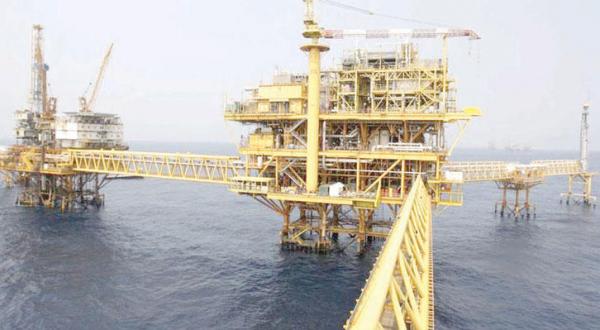Khobar- It seems that regional oil companies will soon be taken over with a raging fever for privatization. Soon after Saudi Arabia announced intentions on offering a low but effective five percent of the Saudi oil giant Aramco to public stocks, Kuwait followed announcing a similar plan to publicly list a part of its national oil industry.
Kuwait’s Deputy Prime Minister, Minister of Finance and Acting Oil Minister Anas Al-Saleh revealed that the government is currently looking into the potential public listing of four Kuwait’s national oil company, Kuwait Petroleum Corporation(KPC).
The minister also delivered personal satisfaction with the recovered oil rates resting at $50 a barrel in recent weeks.
In his interview with Bloomberg on Tuesday, Al-Saleh said that the four subsidiaries expected to go public are Kuwait Petroleum International (often referred to by its trademark Q8), Kuwait Oil Tanker Company, Kuwait Foreign Petroleum Exploration Company (KUFPEC) and Kuwait’s Petrochemical Industries Company.
Moreover al-Saleh did not see that the KPC, an OPEC producer national mother oil company, would be offered to privatization.
Al-Saleh added that the government is looking into offering 20 to 30 percent of the four subsidiaries’ stocks for public subscription, keeping the majority of stock in government lock.
Al-Saleh gave no details as to the release date or rates, only saying that the process might drag as long as four years.
He added that the four companies going public are still put up for parliamentary approval in Kuwait.
Al-Saleh said that Kuwait is looking into publicly listing those companies as a part of its general reform plan to generate further liquid assets and enhance operations.
The finance ministry and state-run Kuwait Petroleum Corporation are studying which sectors and services may be privatized, Undersecretary Khalifa Hamada told a news conference.
Undersecretary Hamada ruled out putting up production for oil privatization.
On another note, Al-Saleh foresees crude oil rising to a range of $50 to $60 a barrel until at least 2018 as demand increases and markets absorb an oversupply that’s led to lower prices over the last two years.
“The strategy OPEC implemented in 2014 until now is a successful strategy — it’s been working well and supportive to the balancing of the oil market,” Al-Saleh told Bloomberg.
“I probably would see more of a $50-$60 starting from the fourth quarter all the way to 2017 and 2018,” he added.
